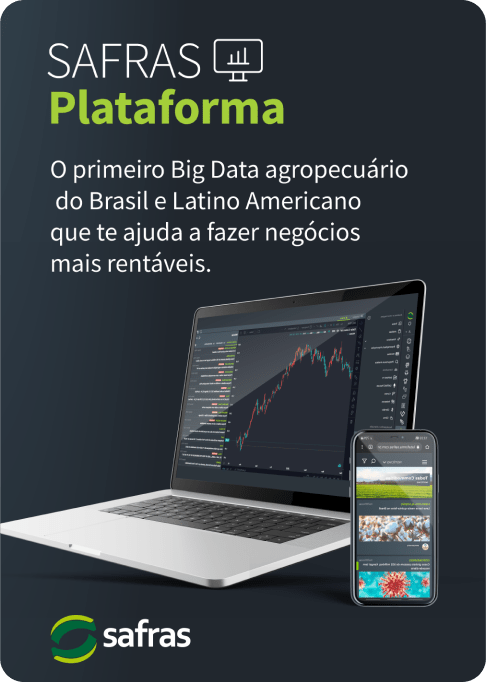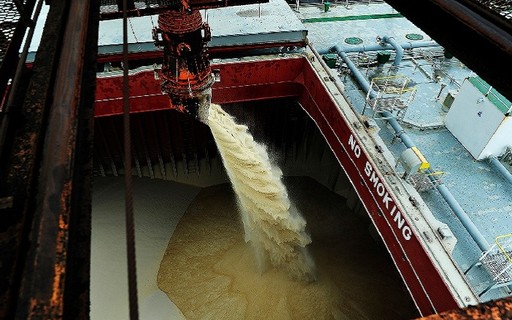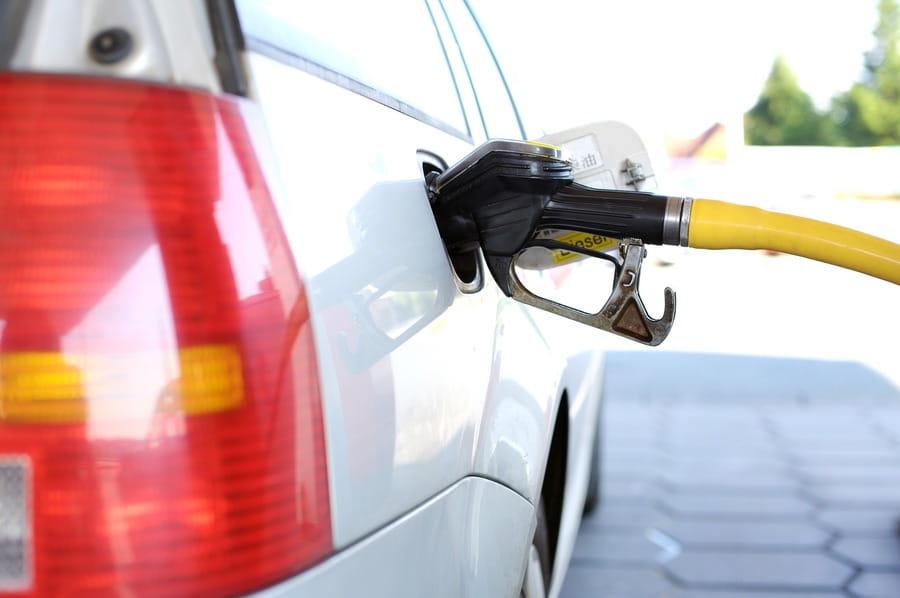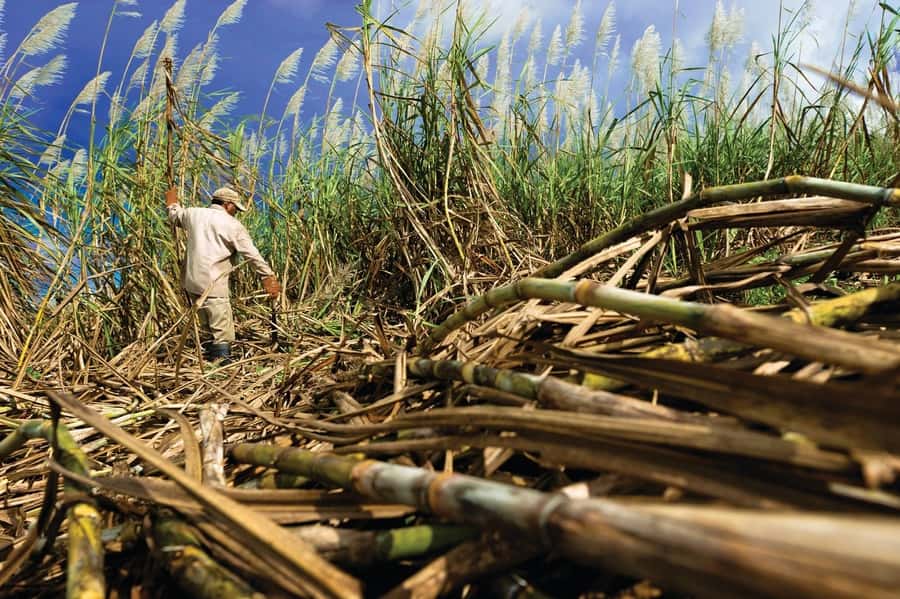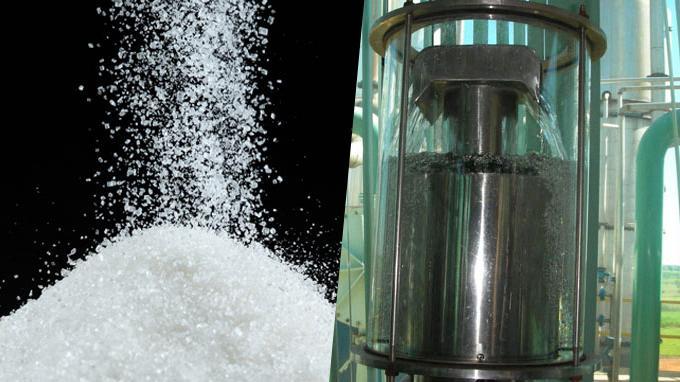The ethanol market in January was marked by divergent movements between the medium, short, and long term in its average prices over the period. The average trading price of hydrated ethanol, including taxes and based on the Ribeirão Preto region, fluctuated at BRL 3.30 per liter, 0.45% higher than the average for the previous month, and 36.33% higher than the price seen during the same period last year. Furthermore, compared to the five-year average for the same period, there was even a 1.24% decline. Both the annual and five-year averages are based on deflated historical values, brought to current values.
Basically, in the short term, it is interesting to notice the marginal high, bordering on stability, of 0.45%, which reflects a very solid balance between a relatively high supply in this off-season and an equally strong demand. On the supply side, we have accumulated hydrated ethanol stocks in the Center-South above the average of previous years. SAFRAS & Mercado monitors the volumes of anhydrous and hydrated ethanol stocks in the Center-South in a specific report, published in its consulting service, which ends up generating comfort to mills in the short-term supply.
Moreover, the increasing levels of corn ethanol volumes in the market also reinforce the perception of comfort in the availability of supply throughout this off-season, which has already completed its first half. SAFRAS & Mercado also monitors the production volumes of anhydrous and hydrated ethanol and their share in the total supply in its biweekly report on the Center-South cane crushing data. As a result, mills have maintained a relatively cautious pattern when proposing higher sell prices to distributors.
The objective of this measure is not to stagnate the monthly sales flow, which has ensured the flow of these high volumes of stocks. On the other hand, distributors are observing very intense levels of hydrated ethanol competitiveness against gasoline in December and January, which ensures the outflow of volumes at the pumps and maintains the distributors’ presence at mills. The most recent data from the ANP show that hydrated ethanol sales in December hit 1.95 bln liters, while anhydrous ethanol sales hit 1.10 bln liters. In turn, hydrated ethanol sales increased by 8.4% over the previous month, and anhydrous ethanol sales grew by 10.2%.
Despite this, SAFRAS & Mercado warns that, in the last week of January, the levels of competitiveness of hydrated ethanol against gasoline, on average in the interior of São Paulo, showed a sharp decline. Over the last eight months, the average competitiveness of hydrated ethanol in São Paulo has fluctuated between 65% and 66%. This was also observed in the first three weeks of January. However, in the fourth and last week of January, this price ratio changed to 67.8%, which indicates a strong reduction in the competitiveness of hydrated ethanol against gasoline, as ethanol should cost, at most, 70% of the price of the latter.
Therefore, although December saw a record demand pattern of 1.95 bln liters – more due to seasonality than the competitiveness of hydrated ethanol, even if it were high – this should not be repeated in January or February. Data from Unica, regarding distributor demand at mills in the first half of January, showed sales of 803.9 mln liters of hydrated ethanol, which, projected for the second half of the month, and added to the average daily demand of the first half of the month by one more day, should result in total sales of 1.66 bln liters. If confirmed, this volume should be 6.54% lower than that of the previous month and 6.09% lower than that of the same period last year.



